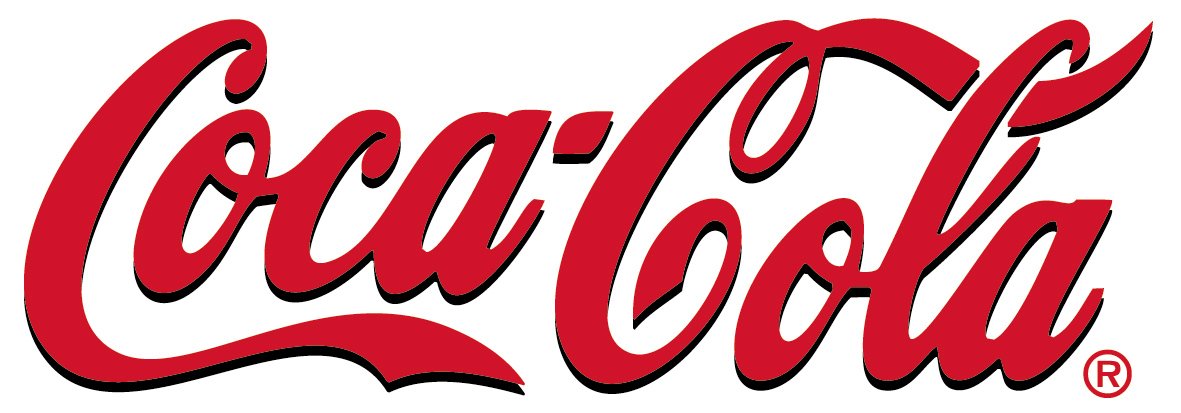The GOLDEN RATIO
There was a brief mention of the Golden Ratio mentioned in our Meggs’book. This brought me back to when I was about 10 years old and my mom coming home excited about something that she learned at a dental seminar about the Golden Ratio or Phi (aka. Golden Proportion). She showed me pictures of teeth and how the most beautiful teeth and smiles followed a ratio that was 1:1.618. Then dad piped in, he’s was a senior technical illustrator at the time for Silicon Graphics and explained further and showed me various famous faces, art works and architecture (the Parthenon) following the same proportions. They were excited. I was little and thought, kinda cool, but “meh!”
I am excited about this now. I decided to research this further on my own. The Golden Ratio is approximately 1.618033989. There are other names as well: the Devine Ratio, the Golden Mean, the Golden Number, the Golden Proportion and the Golden Section. It has a long history of being the formula for the most pleasing to the eye. It can be found in humans, in art, in architecture and in nature.
I did start with the some dental proportions. Where the nicest looking teeth have the proportions ratios of 1:1.618 using two front teeth where “1” is the measurement from the top of the central incisors to the biting edge of the teeth and “1.618” is the measurement of the two central incisors width. It forms a rectangle.
http://jwilson.coe.uga.edu/
Dr. Levin invented a caliper type gauge called the “Golden Mean Gauge,” which can automatically see if the proportions are 1:1.618. The picture below on the left has a nice looking woman with the distance from the tip of her nose to the edge of her front teeth at “1” and the distance from the edge of her front teeth to her chin at “1.618.”
The most “beautiful” faces (though beauty is skin deep and “beauty is in the eyes of the beholder”) have the golden ratio.
In art, the Egyptians used the Golden Ratio or they called it Phi as a formula while using it as a basis to get the most visually pleasing affect to the eye. In art it would be broken down as in the paintings below. Notice that the painting is balanced and pleasing to the eye. The Mona Lisa is one of the most famous paintings and the Golden ratio applies to Mona’s face.
In architecture, the Parthenon represents a structure that has many golden ratio proportions present.
In nature, another name is used related to the Golden ratio and it is termed Fabonnaci numbers.
The nautiluses shell in cross section is an example of the above calculations.
I can apply these ratios to my artistic creations. I think I will buy one of Dr. Levin’s Golden Mean Gauges. But in reality, haven’t you ever seen a poster or a painting that is a little “off” or maybe really just not pleasing or frankly ugly? It most likely means that the Golden Ratio is off. On the other hand, take Angelina Jolie and Megan Fox’s faces, I am sure that they both meet all of the rules of the Golden Ratio.
Hope you enjoyed my information about the Golden Ratio.





















